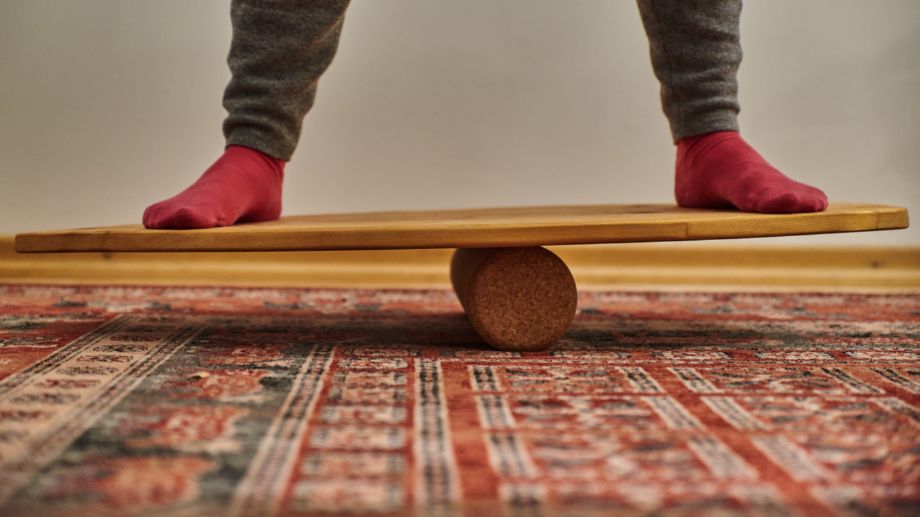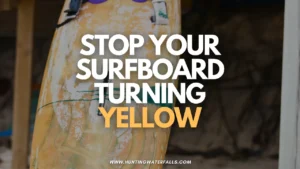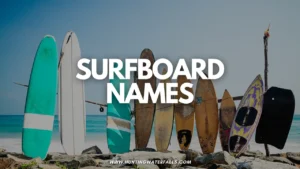The great thing about skimboarding is that you can practice your skills in a variety of different locations with ease and it is even possible to learn some of the basic moves without being on the water.
You can practice skimboarding in different locations and you can even learn how to do some of the beginner moves in your living room.
We all want to be riding waves as soon as possible but if you are new to skimboarding or just can't get down to the beach for one reason or anther then I would advise practicing some of the moves on dry land first.
This can help you avoid some painful falls and embarrassing beginner crashes, but it can also be a way to hone your the more difficult skills and tricks, allowing you to perfect them before trying them on the water.
Also, if you're limited to the water as the only time you can practice you can only get good at a certain rate. The more your practice the faster you get better so if you can practice at home on the carpet or grass or even on sand or flat water you can quickly become a better skimboarder.
Start Slowly and Work Your Way Up
Skimboarding does carry some risks of injury and falling off can often be a painful experience as it involves running at speed over wet sand so it is best to start off slow and learn the basics so you are less likely to hurt yourself.
This is especially true for beginners who are trying to learn how to get onto the board and for more advanced skimboarders trying to improve their technique so they can maintain more momentum and skim farther than ever before.
The best way to reduce the risk of injury when skimboarding is to begin slowly and improve your technique as you work your way up.
You want to start slowly and get the form and movement correct. Then as you feel comfortable at a slow speed you begin to increase the speed. Constantly challenging yourself to go a bit faster – but not too fast that it becomes impossible or you're going to hurt yourself.
How Can I Practice Skimboarding At Home?
When you go skimboarding the board is an extension of your body so it pays to get familiar with the feeling of being attached to it.
One of the best ways to get acquainted with your new skimboard is to simply stand on it on the carpet at home to get a feelling of where to put your feet.
Step onto the board and gently rock back and forth to establish your balance.
Your feet should be about shoulder width apart and placed in the middle of the board.
This stance will give you the most control and balance.
Make A Balance Board

Once you get your stance worked out correctly you can place a round stick such as a broom handle or even a rolled up towel under your board to turn it into a balance board.
Making a balance board will allow for a bit of movement under you and allow you to gently rock backwards and forwards as you start to get the feeling of having the skimboard moving under your feet.
Remember to bend your knees to center your balance.
Using a balance board will also allow you to practice simple tricks like pop shove-its and spins.
I like using a wooden skimboard for a balance board if I'm using something hard underneath it. This way I don't damage my good board.
Practice One-Step Drop On Carpet
The easiest and smoothest way to get onto your board for skimming is by using the one-step drop and this is something that can be safely practiced at home.
Stand by holding your board around waist height then drop the board a little in front of you.
As the board hits the ground, place your back foot on the rear of the board and follow quickly with your front foot.
Bend your knees a little and center your balance as you land on the board.
Repeat this until you get the timing right and build up your speed as you gain confidence.
Don’t worry you will soon be off the carpet and skimming across water.
Below is a video by pro skimbaorder Austin Keen showing you exactly how to perform the one step drop if you want a visual representation:
Remember it pays to safely learn the basics first.
Perfect The One-Step Drop
- Drop your board a little in front of you onto carpet or grass outside
- Take one step with your front foot
- Step your back foot onto the board
- Lean forward and place your weight over the center of the board
- Bring your front foot onto the board
- Bend your knees and find your balance
Practice Tricks Like Shuv-Its
During quarantine Austin Keen (who is one of the best skimboarders in the world) created a video where he practiced skimboarding tricks in his house.
Carpet is a great place to practice tricks like the 180 shuv it, 360 shuv it and spins.
It can be a good no risk way of getting the movements of these tricks down. Once you've got it dialed in you can take it to the water and it should be easier to perform.
How To Skimboard On A Dry Sandhill
If you're at the beach you can begin learning how to skimboard on dry sand first before moving onto wet sand and eventually skimming on the water.
Dry sand is a great place to start as you won't skim as far and if you fall the sand is softer so it will break your fall. This makes it a bit safer to get your movements down before you start adding speed.
Finding a patch of dry sand on a slight incline is a good place to begin as it is perfect for learning about feet placement and how to balance correctly on your new skimboard.
A downhill section of dry sand will allow you to master the one-step drop which is one of the best ways to get onto your board for skimming across the water.
Read the article on how to learn how to skimboard for some great tips on how to master the one-step drop.
Be careful to ensure the downhill section of sand is not too steep. But also you don't want it to be flat or uphill. A bit of an incline is ideal.
Start at the top of the sand incline, drop your board and place your back foot on your board and lean forward while bringing your other foot onto the board as you ride the skimboard down the sand hill.
Focus on centering your feet on your board.
The most important thing to remember is to keep your weight evenly distributed and towards the rear of the board to avoid nose diving and falling off.
Remember here we aren't running or trying to get loads of speed. We are focusing on getting our feet accurately on the board. We will add speed later.
You can also use dry sand as a place to practice tricks like the shuv it.
Skimboarding On Wet Sand
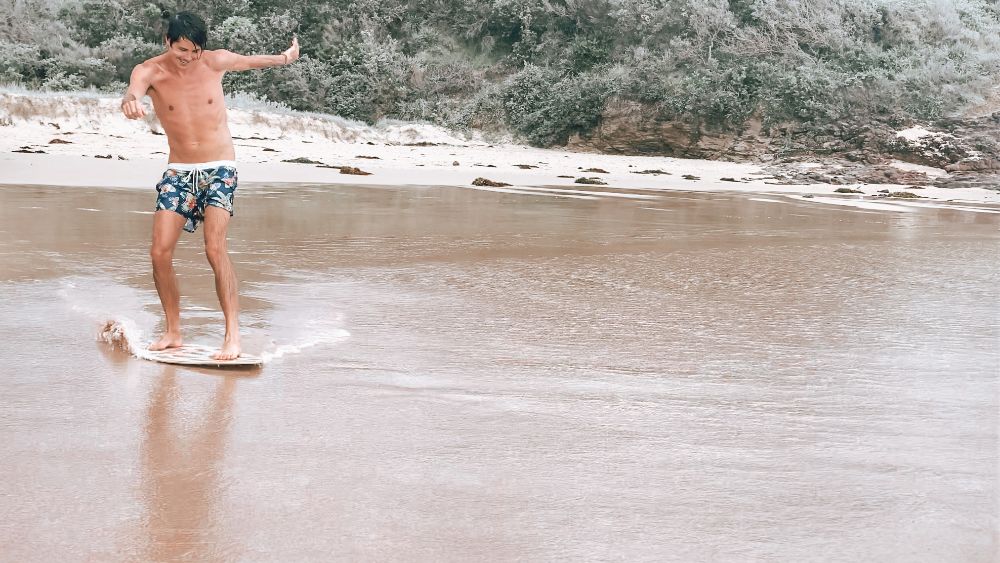
Once you have mastered placing your feet and balancing on your board on a slight sand incline it is time to get your feet (and your skimboard) wet.
This is the exciting bit…
Wait for the wave to come up then withdraw leaving a shallow covering of water over the sand. You want a thin film of water over the sand, not deep water. We are trying to skim on the wet sand here, not over the surface of the water.
Start running and practise dropping your board on the wet sand.
Do this a few times and make sure the board lands flat and planes smoothly over the water.
Once you perfect this, run along the beach and drop your board.
As soon as the board lands on the water, place your back foot onto the board and then your front foot.
Bend your knees and lean forward.
Center your balance
Congratulations, you are now skimming.
Continue to practice this and as you build up speed and confidence you can learn how to skimboard waves.
Can You Skimboard On Any Beach
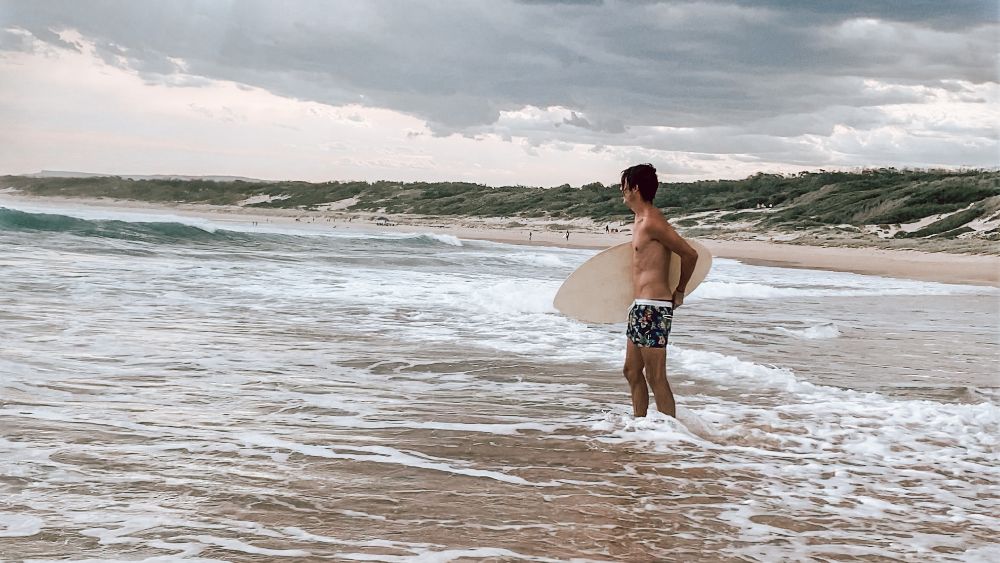
You can skimboard on any beach but some beaches are better than others.
Look for a beach with a calm flat sandy section without too much wind. The calmer the better.
Ideally the water will be about 1cm of half an inch deep and covering some smooth flat sand.
Rocky beaches and beaches with lots of shells will scrape and damage the bottom of your board.
Wooden boards are often better for areas with rocks or shells. Because they are cheaper it doesn't matter if they get scratched up, plus they are pretty hard wearing compared to fiberglass boards which are higher performance. Read more about wooden vs foam fiberglass boards.
There are a wide variety of skimboard shapes which suit different conditions. So if you're skimboarding on a lake you might want a flatter board and if you're skimboarding bigger waves you'll want a more curved board. Read the ultimate guide to skimboard shapes to make sure you get the right one.
A beach with a good sloping incline will help propel you down into the water. This means you won’t have to run as fast to start skimming and can conserve energy.
Remember not to lean too far back on your board or you will fall off the rear.
Exercise Caution in Large Waves
If you want to start catching and surfing waves on your skimboard you will need to locate a beach with powerful shore breaking waves otherwise it’s difficult to actually skimboard waves.
You need to exercise extra caution in larger waves. Beware of rips and strong currents and always tell someone where you are going.
How To Skimboard On Grass
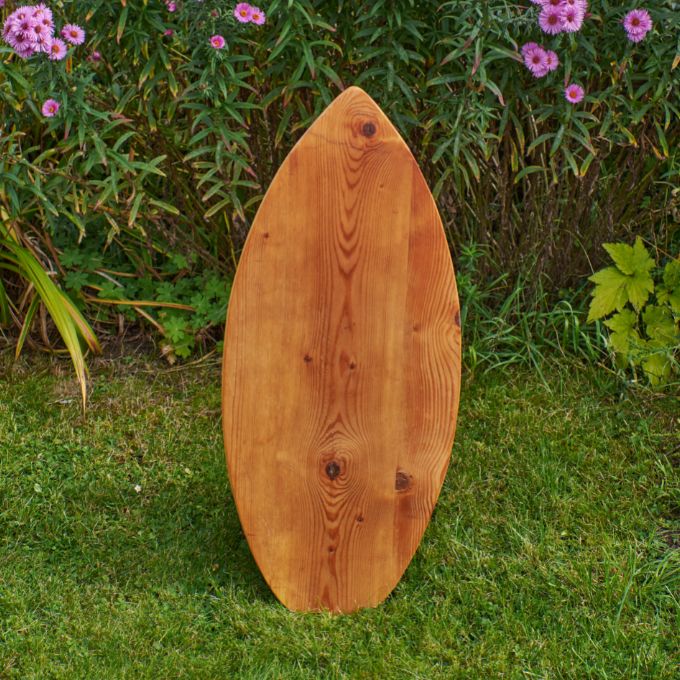
Skimboarding across grass is very similar to skimboarding on sand.
Look for a park or an area in your backyard which is flat where you can get a proper run up. Ideally you want the grass to be wet for better skimming.
You can do this during or after the rain if you're in a park or if you're at home in your backyard get the hose out or sprinkler and having it running over the grass to keep it wet. You'll slide further on wet grass compared to dry grass.
Some skimboarders seek out flooded parks which have a shallow covering of water over the grass to practice their flatland skimming.
If you want to skim across grass a flat downhill area with no sticks or rocks is the ideal location.
Use the one-step method to get onto your board as we've already discussed.
Make sure you keep the nose of your skimboard up when dropping it to avoid nose diving as you step onto it.

